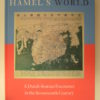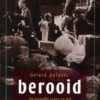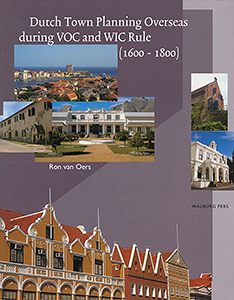Terug/Home/Webwinkel ramsj.nl /Geschiedenis/Dutch town planning overseas during VOC en WIC rule (1600-1800)
Oers
Dutch town planning overseas during VOC en WIC rule (1600-1800)
€ 31,95 Oorspronkelijke prijs was: € 31,95.€ 9,90Huidige prijs is: € 9,90.
ISBN: 9789057301049.
Bindwijze:
ing
Taal:
EN
Uitgever:
Walburg Pers
Auteur:
Oers
Paginas:
212
Categorie: Geschiedenis.
‘Dutch Town Planning Overseas during VOC and WIC Rule’ offers a complete overview of the Dutch-founded settlements oversea – of their origin, design and development, as well as insights into their planning and building process. Through the different typologies for settlements established by the VOC and WIC, eventually, an outline of the characteristics of Dutch colonial town planning is given.
Gerelateerde producten
geschiedenis
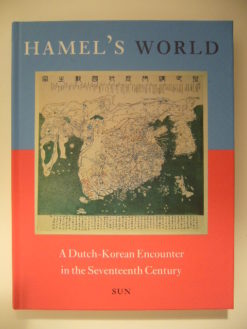
Vibeke Roeper
Hamel’s World
In 1653 the VOC ship Sperwer smashed to pieces on the rocks off a remote Korean island. There were thirty-six survivors. The king of Korea decided that the foreigners should spend the rest of their lives in his hermit kingdom. The Dutchmen were provided with food and housing and a certain amount of freedom of movement, but had no choice but to accept their fate. After 13 years eight of them managed to reach Japan in a small, barely seaworthy boat. Hendrik Hamel¹s report on their adventures soon became available to a wider public. For two centuries it was the most important source of information about the mysterious kingdom of Korea. It continues to fascinate as a report of a meeting between two completely different cultures. In 2003, 350 years after the event, the stranding of the Dutchmen is widely commemorated in Korea. The present book includes Jean-Paul Buys' modern English translation of a complete version of Hamel's Journael. Additional chapters by Leonard Blussé, W.J. Boot, Vibeke Roeper and Boudewijn Walraven describe the world familiar to VOC employees and the strange world of the Far East which, much against their will, Hamel and his compatriots came to know so well.geschiedenis
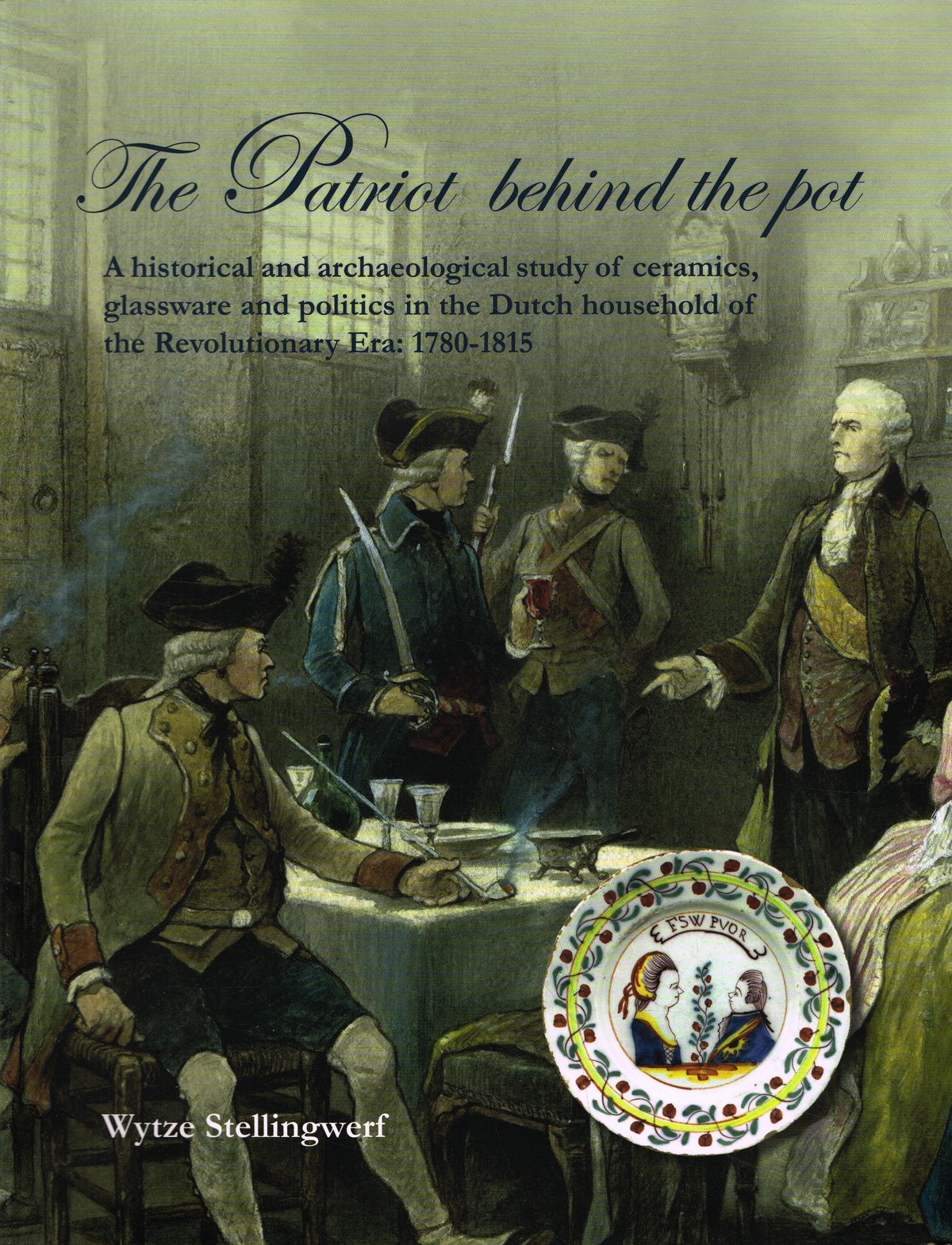
Wytze Stellingwerf
The Patriot Behind the Pot
The Patriot behind the pot tells the story of pottery, people and politics in the Netherlands during a time of great revolutions; revolutions both in a political and industrial sense. This study shows how at the end of the 18th century numerous Dutch people used all kinds of ceramic and glass items in their household as media to convey their political stance in favor of or against the ruling House of Orange. Many of these more than 200 years old politically charged items have been preserved in museum collections. Sporadically, pieces of them are retrieved from archaeological sites as well. Along with dozens of historical sources and hundreds of other ceramic and glass artifacts that were discarded or lost by their former owners in the same archaeological contexts, these fascinating objects with a certain political meaning have been examined in order to understand the material culture of Dutch Orangists and Patriots in the period around 1800. Apart from a thorough study of late 18th- and early 19th-century ceramics and glassware in the Netherlands, this book presents an extensive catalog of politically charged items from the period 1780-1815. This might help archaeologists, art-historians and collectors to recognize and further study these objects of great historical value. This book comprises a Master thesis written by Wytze Stellingwerf. In 2017 he graduated at the Faculty of Archaeology at Leiden University. This thesis was nominated for three prizes, respectively the national archaeological W.A. van Es prize, the Leiden University thesis prize and the IISG prize of the International Institute of Social History in Amsterdam. SPA uitgeverspap - 407 blz
geschiedenis
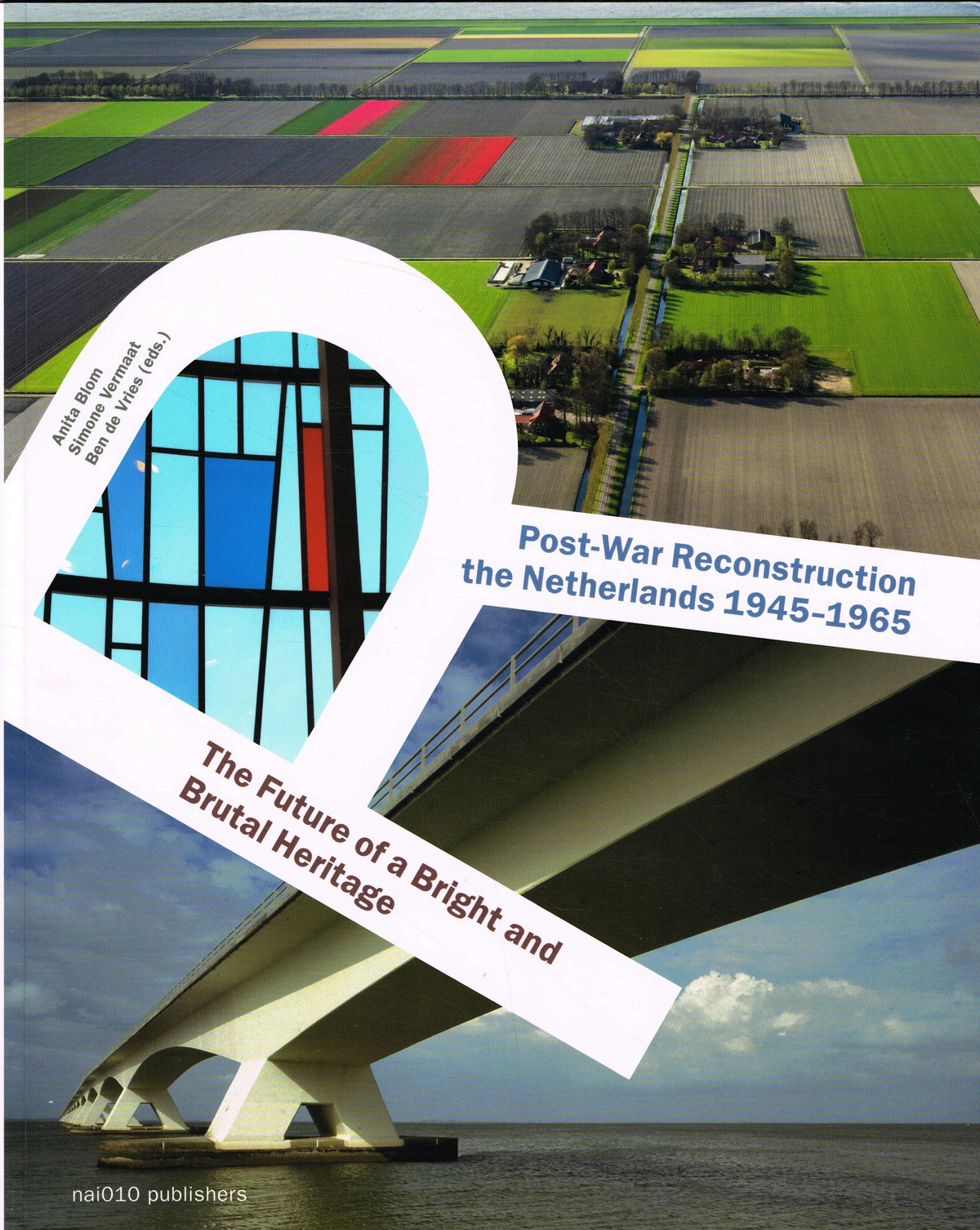
Anita Blom
Post-War Reconstruction in the Netherlands 1945-1965
For English see below- Europa kwam zwaar gehavend uit de Tweede Wereldoorlog. Nederland pakte, ondanks de omvang, de armoede en aanzienlijke oorlogsschade, de wederopbouw voortvarend op. Gebombardeerde steden en dorpen herrezen uit het puin en dankzij centrale sturing werd Nederland ruimtelijk opnieuw ingericht. Ook in economisch en sociaal-maatschappelijk opzicht vonden ingrijpende vernieuwingen plaats. Het gevoel van optimisme leidde tot een verrassend grote diversiteit in architectuur, stedenbouw en landschapsinrichting. De toepassing van nieuwe technieken en materialen leidde tot bijzondere experimenten. Bovendien werden veel bouwwerken voorzien van monumentale kunst, waarbij architecten en kunstenaars nauw samenwerkten. De wederopbouw van Nederland in de jaren 1945-1965 was een prestatie van formaat. Deze publicatie toont een overzicht van de bouwwerken van het herrijzende Nederland en gaat in op de betekenis van het erfgoed van de Wederopbouw voor de actuele opgave van transformatie en herbestemming.- Europe was hurt badly during the Second World War. The Netherlands, despite the dimensions of the task ahead, the poverty and the significant war damage, took up reconstruction expeditiously. Bombed cities and villages re-emerged from the rubble and thanks to central management, the Netherlands were redeveloped spatially. In economic and social terms, significant innovations took place as well. The sense of optimism led to a surprisingly wide diversity in architecture, urban planning and landscape design. The application of new techniques and materials led to exceptional experiments. Moreover, many buildings were provided with monumental art, architects and artists working closely together. The reconstruction of the Netherlands in the years 1945-1965 was a huge feat. This publication gives an overview of the buildings in the re-emerging Netherlands and examines the significance of this heritage of the reconstruction for current tasks of transformation and rezoning. - Engelstalig boek nai010pap - 232 blz
geschiedenis
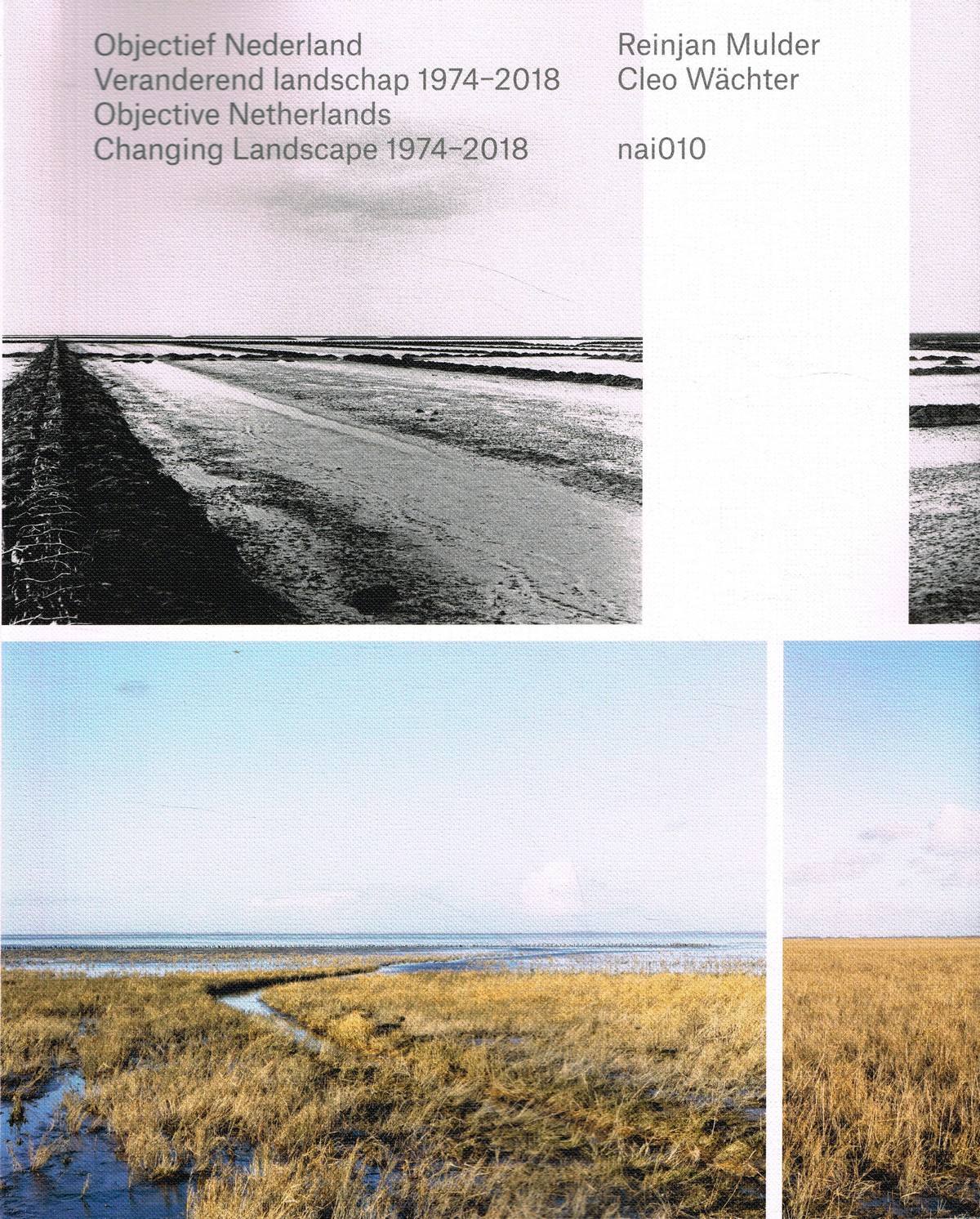
Reinjan Mulder
Objectief Nederland
For English see below - In 1974 legde Reinjan Mulder (1949) een grof raster over de kaart van Nederland en trok eropuit om op de 52 kruispunten te gaan fotograferen. Doel was de objectieve werkelijkheid van Nederland vast te leggen, ongekleurd door tradities, bereikbaarheid en schoonheidsidealen. Het project werd 42 jaar later tentoongesteld in het Rijksmuseum in Amsterdam, en in opdracht van Rijksadviseur voor de fysieke leefomgeving Berno Strootman geherfotografeerd door fotografe Cleo Wächter (1993). Met ongeëvenaarde precisie, maar niet zonder eigen artistieke inbreng, voltooide Wächter in 2017 het herfotografieproject Objectief Nederland 1974-2017. De twee fotoseries worden nu gebundeld in Objectief Nederland. Veranderend landschap 1974-2017, een historisch document dat de vele veranderingen van het Nederlandse landschap in de afgelopen halve eeuw op een vernieuwende manier in kaart brengt en tegelijk fotografie als kunstvorm en bron van wetenschap bevraagt. Is fotografie ooit écht objectief te noemen? En leent iets wat begon als kunstproject zich wel voor wetenschappelijke doeleinden? -- In 1974, Reinjan Mulder (b. 1949) placed a coarsely-woven grid on top of a map of the Netherlands and set off to photograph the 52 resulting intersections. His aim was to capture the objective reality of the Netherlands, uncoloured by traditions, accessibility and beauty ideals. The project was exhibited at the Amsterdam Rijksmuseum 42 years later, and was re-photographed by photographer Cleo Wächter (b. 1993), on request of Government Advisor for the Physical Living Environment Berno Strootman. Working with unparalleled precision, Wächter succeeded in contributing her own artistic perspective and completed the re-photography project Objective Netherlands 1974-2017 in 2017. The two photo series are now combined in this book, a historical document that innovatively maps the many changes the Dutch landscape went through over the past 50 years and simultaneously raises questions about photography as an art form and scientific source. Can photography ever be truly objective? Can something that started out as an art project also lend itself to scientific purposes? Nederland's- en Engelstalig boek nai010pap - 207 blz
